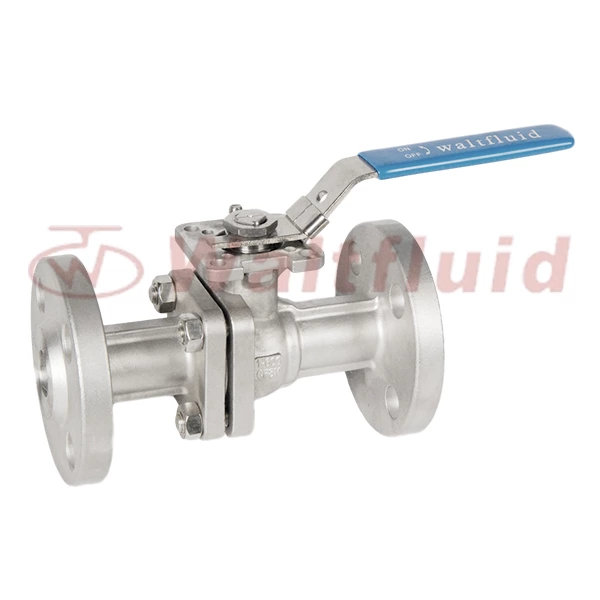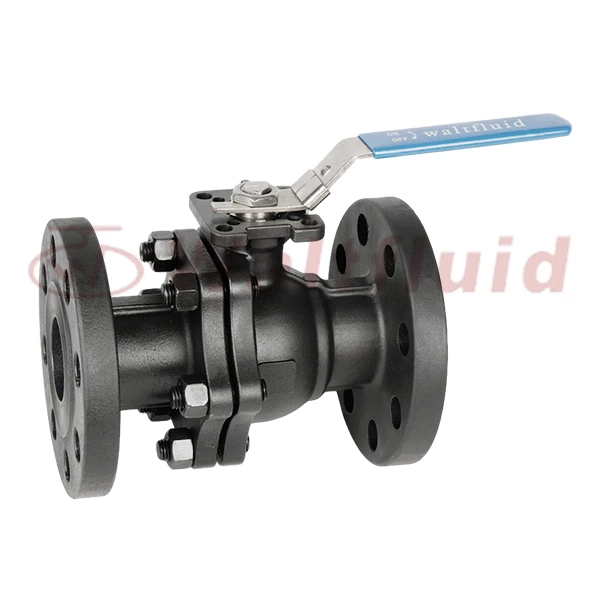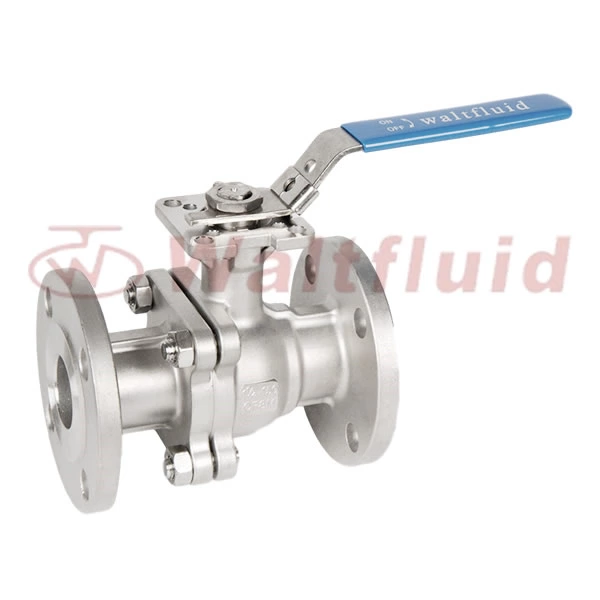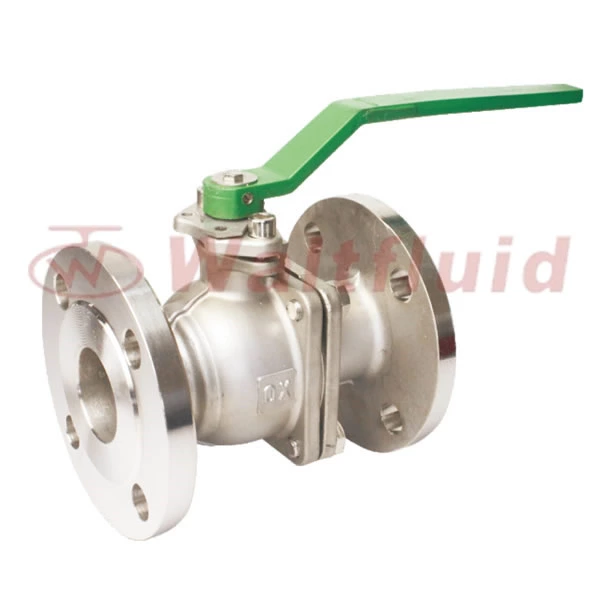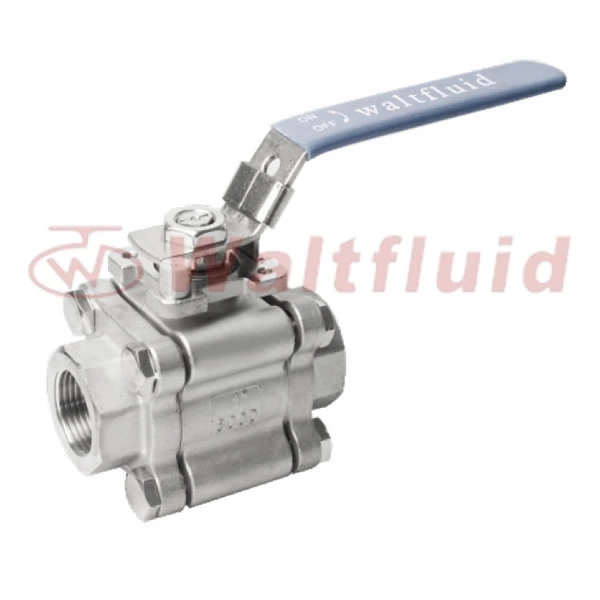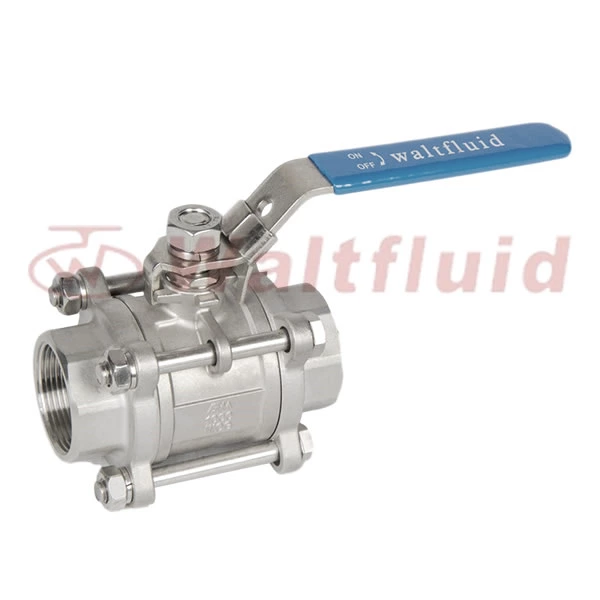Stainless Steel Valves Are Truly Worthy Of The Name And Are Inseparable From The Daily Efforts Of Operators
3 Piece Threaded Ball Valve is worthy of its name and is inseparable from the daily efforts of the operator
If stainless steel valves are worthy of their name, they must be used correctly and maintained effectively over a long period of time. Compared with brass and iron, stainless steel valves are popular mainly because they are less likely to rust.
Note that the wording I use here is less likely to rust, not that they will not rust.
Stainless steel valves have the ability to resist atmospheric oxidation---that is, rustlessness, and also have the ability to resist corrosion in media containing acids, alkalis, and salts---that is, corrosion resistance. However, the magnitude of its corrosion resistance varies with the chemical composition of the steel itself, the state of annealing, the conditions of use, and the type of environmental media. For example, 304 stainless steel has excellent corrosion resistance in a dry and clean atmosphere, but if it is moved to the coastal area, it will soon rust in the sea fog containing a lot of salt; while 316 material performs well. Therefore, not all kinds of stainless steel can resist corrosion and rust in any environment.
Stainless steel valves rely on a very thin, strong, fine and stable chromium-rich oxide film (protective film) formed on their surface to prevent oxygen atoms from continuing to penetrate and oxidize, and thus obtain the ability to resist corrosion. Once for some reason, this film is constantly damaged, oxygen atoms in the air or liquid will continue to penetrate or iron atoms in the metal will continue to separate out, forming loose iron oxide, and the metal surface will continue to rust. There are many forms of damage to this surface film, and the following are the most common in daily life:
1. The surface of the stainless steel valve is accumulated with dust containing other metal elements or foreign metal particles. In humid air, the condensed water between the attachments and the stainless steel connects the two into a micro-battery, triggering an electrochemical reaction, and the protective film is damaged, which is called electrochemical corrosion.
2. Organic juice (such as vegetables, noodle soup, sputum, etc.) adheres to the surface of the stainless steel valve. In the presence of water and oxygen, it forms organic acid, which corrodes the metal surface for a long time.
3. Acid, alkali, and salt substances (such as alkaline water and lime water splashing from wall decoration) adhere to the surface of stainless steel valves, causing local corrosion.
4. In polluted air (such as an atmosphere containing a large amount of sulfide, carbon oxide, and nitrogen oxide), condensed water forms sulfuric acid, nitric acid, and acetic acid liquid points, causing chemical corrosion.
The above are common situations in which stainless steel valves will rust, so stainless steel valves are not truly rust-free, but if used correctly and maintained effectively, rust can be slowed down and the life of stainless steel valves can be extended!
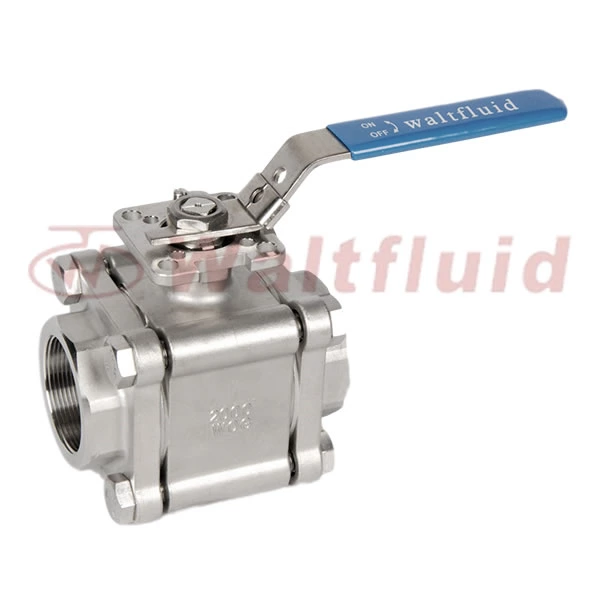
 English
English 中文
中文 Pусский
Pусский  Español
Español
